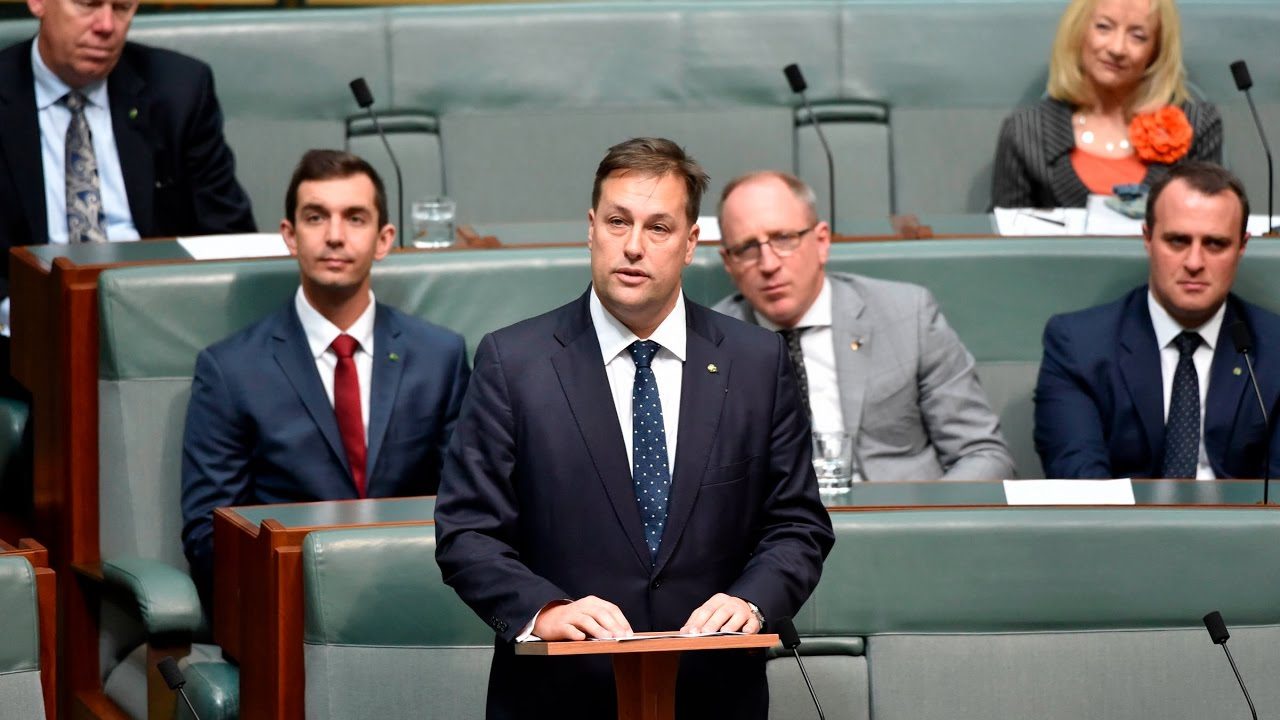This article is from the Australian Property Journal archive
THE property industry has welcomed a housing affordability and supply report from a federal committee that encourages states to do away with stamp duty in favour of a land tax, and loosen tax impositions on the nascent build-to-rent sector.
They are among the 16 recommendations made by the House of Representatives Standing Committee on Tax and Revenue’s inquiry to increase housing supply and improve affordability, which has worsened on multiple measures amid the recent price boom.
The eight-person committee, chaired by Liberal MP Jason Falinski, comprised five Coalition MPs and three Labor MPs. The Labor cohort issued a dissenting report in response, saying the inquiry did not address structural problems.
“The committee recommends that state and local governments should increase urban density in appropriate locations using an empowered community framework as currently being trialled in Europe,” the report said.
“Australia’s cities are some of the least densely populated in the world. There are significant benefits of higher density living.”
Among the recommendations in the inquiry’s final report was that stamp duty should be replaced over time with an annual broad-based land tax, avoiding those who have already or recently paid stamp duty facing double taxation through the replacement tax. This would increase housing turnover, remove an unnecessary obstacle to home ownership and stabilise government revenues, the report said.
On the other hand, the committee didn’t see fit to make any recommendations regarding the government’s current negative gearing policy, or address calls for changes to capital gains tax concessions.
Falinski sated that while negative gearing may add a 4% increase on house prices and strain on rents, planning laws may add 68% to prices.
A federal government review into the build-to-rent housing market and how it is affected by current regulations and tax policies was a key recommendation.
“The evidence the committee has heard suggests that build-to-rent housing would provide consumers more choice and has the potential to increase security of tenure,” Falinski said.
The NSW and Victorian governments have implemented tax concessions that have attracted more investment in the fast-growing sector.
The report recommended a grant scheme that pays states and localities for delivering more housing supply and affordable housing, and that the federal government should implement schemes to facilitate private sector partnerships to deliver discount-to-market rent-to-own affordable housing.
The federal government should work with state and territory counterparts to reform developer contributions, ensuring that the money is used to fund value adding and demanded infrastructure.
“There are two ways this could occur, either replacement with a value capture model or ensuring that developer contributions can only be expended on their intended purpose, development infrastructure and services,” it said, adding that it should be tied in with a separate recommendation to “provide incentive payments to state and local governments to encourage the adoption of better planning and property administration policies”.
The latter recommendation was also linked with a proposal for allowing first home buyers to use their superannuation assets as security for home loans. Labor members of the committee have come out against the final recommendations, which they have labelled as largely “business as usual”, rather than addressing the structural problems in Australia’s housing market.
The dissenting report argued that the committee started and ended with the pre-conceived idea that housing supply is the be all and end all of the crisis.
The Labor members called for more active engagement from the federal government, in addressing the crisis, as well as in co-ordination with state and territory governments, for example calling for the creation and implementation of a National Housing and Homelessness Plan.
While shadow treasurer, Jim Chalmers, came out against the recommendation for access to superannuation to enter the housing market.
“We don’t believe in undermining the retirement incomes of Australians in order to solve this problem,” said Chalmers. “We think there are other ways to make housing more affordable in this county.”
No recommendations were made for changes capital gains tax concessions, while the committee believed existing policy on negative gearing provided benefits of lower rents, higher supply, ownership diversity and tax system efficiency that outweigh.
The report was welcomed by industry bodies.
“The report cuts through the self-serving sophistry of those public servants, local government planners and academics who have created a well-paid industry around regulation,” Urban Taskforce Australia CEO Tom Forrest said, while the Property Council of Australia’s chief executive Ken Morrison said the report “lays out some common-sense solutions to dealing with the complex and wicked problem of housing affordability”.
“What’s new in this report is a recognition that the federal government, and not just the states or local governments, can have an important role in leading and shaping the state of housing in this country,” Morrison said.
“The Property Council believes more could be done to encourage non-government sources of capital into the creation of affordable and social housing – an omission from the report – and we urge policy makers to closely consider the recommendations of the National Affordable Housing Alliance,” he said.
Forrest said the report “pins the responsibility for rising prices and the lack of supply, on poor planning, poorly targeted taxes and charges, a lack of leadership, and a regulatory environment which favours reducing supply and increasing costs over meeting demand for housing with housing supply for our growing population”.




